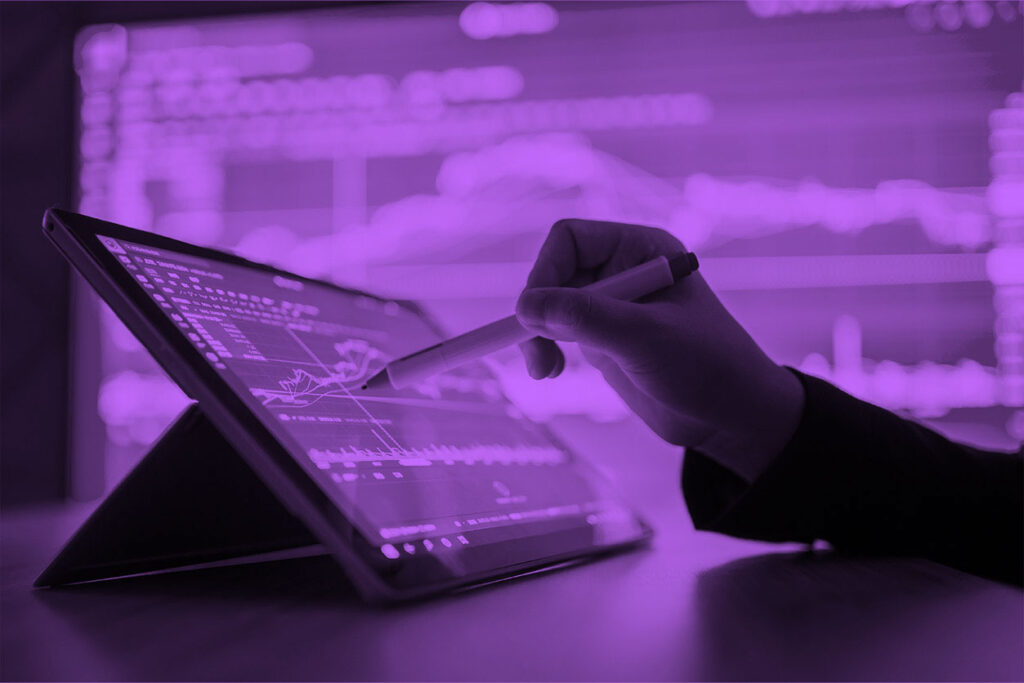Overleveraging in Trading: Risks and How to Avoid Them

Foreign exchange (FX) trading is one of the most exciting and potentially lucrative activities in the financial world. However, it is important for traders to be aware of the risks associated with FX trading, particularly overleveraging, which can have severe consequences.
What is Overleveraging?
Overleveraging occurs when a trader borrows more money than they can realistically afford to repay, using leverage to increase their position in the market. Leverage is a financial tool that allows traders to control larger positions in the market with a smaller amount of capital. This can lead to significant profits when the market moves in the trader’s favor, but it also means that losses can be amplified.
The Risks of Overleveraging in Forex Trading
Overleveraging can be extremely risky and is one of the most common mistakes novice traders make. The primary risk is that traders can quickly lose more money than they can afford to repay, leading to financial difficulties or even bankruptcy. Additionally, overleveraging can lead to emotional trading, where traders make irrational decisions based on fear or greed, rather than sound trading principles.
Another risk of overleveraging is that it can lead to margin calls, where a trader’s broker requires them to deposit additional funds to cover the losses in their account. If the trader is unable to meet the margin call, their position may be closed out by the broker, and they may be left with a significant debt to repay.

How to Avoid Overleveraging in Forex Trading
There are several steps that traders can take to avoid overleveraging and manage their risk effectively:
Set a realistic trading plan:
Traders should develop a clear trading plan that outlines their goals, risk tolerance, and trading strategies. They should also set realistic profit and loss targets for each trade, and avoid deviating from their plan based on emotions or market volatility.
Use leverage wisely:
Traders should use leverage conservatively and avoid taking on positions that exceed their risk tolerance. A general rule of thumb is to use no more than 2% of your trading account per trade.
Monitor your trades:
Traders should monitor their trades closely and use stop-loss orders to limit their losses if the market moves against them. They should also be prepared to exit trades if they are not performing as expected, rather than holding onto losing positions in the hope that the market will turn around.
Maintain adequate capital:
Probably the most important one. Traders should maintain adequate capital in their trading accounts to cover potential losses and margin calls. This means having sufficient funds to cover their initial investment and any additional funds required to meet margin requirements.

Here are some examples of overleveraging on some of the most traded markets: Forex, Gold, and US30
Forex Market:
A trader with a $10,000 account uses 1:30 leverage to open a position in EUR/USD for $300,000. If the trade goes against the trader by 1%, the loss would be $3,000, which is 30% of the trading account.
A trader with a $5,000 account uses 1:30 leverage to open a position in GBP/USD for $150,000. If the trade goes against the trader by 5%, the loss would be $7,500, which is 150% of the trading account.
Gold:
A trader with a $20,000 account uses 1:20 leverage to open a position in Gold Futures for 20 ounces of gold at $1,500 per ounce, for a total value of $30,000. If the price of gold falls by 10%, the loss would be $3,000, which is 15% of the trading account.
A trader with a $50,000 account uses 1:20 leverage to open a position in Gold ETFs for $1,000,000. If the price of gold falls by 20%, the loss would be $200,000, which is 400% of the trading account.
US30:
A trader with a $25,000 account uses 1:20 leverage to open a position in Dow Futures for $500,000. If the Dow Jones Industrial Average falls by 5%, the loss would be $25,000, which is 100% of the trading account.
A trader with a $100,000 account uses 1:20 leverage to open a position in Dow ETFs for $2,000,000. If the Dow Jones Industrial Average falls by 10%, the loss would be $200,000, which is 200% of the trading account.
Overleveraging is a significant risk for traders in the markets. Traders can avoid overleveraging by setting realistic trading plans, using leverage conservatively, monitoring their trades closely, and maintaining adequate capital in their trading accounts. By taking these steps, traders can manage their risk effectively and improve their chances of success.
* The information provided here has been prepared by Eightcap’s team of analysts. All expressions of opinion are subject to change without notice. Any opinions made may be personal to the author and do not reflect the opinions of Eightcap.
In addition to the disclaimer on our website, the material on this page does not contain a record of our trading prices, or represent an offer or solicitation for a transaction in any financial instrument. Eightcap accepts no responsibility for any use that may be made of these comments and for any consequences that result. No representation or warranty is given as to the accuracy or completeness of this information. Consequently, any person acting on it does so entirely at their own risk. Any research provided does not have regard to the specific investment objectives, financial situation and needs of any specific person who may receive it. It has not been prepared in accordance with legal requirements designed to promote the independence of investment research and as such is considered to be a marketing communication.
Please note that past performance is not a guarantee or prediction of future performance. This communication must not be reproduced or further distributed without prior permission.


